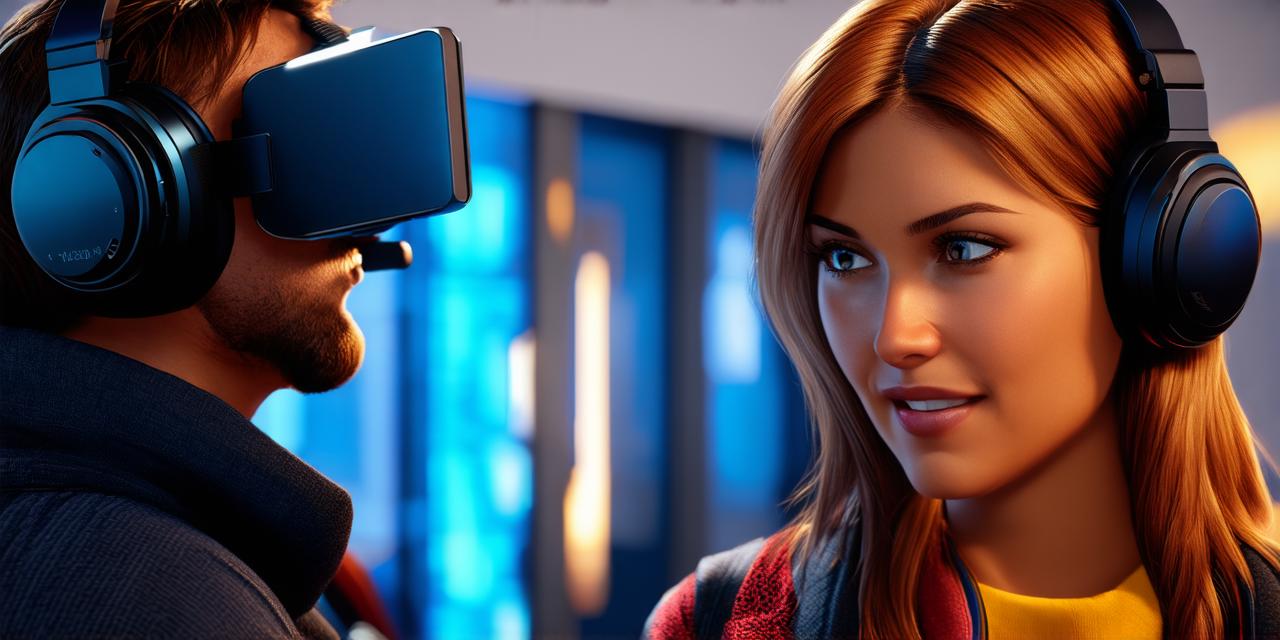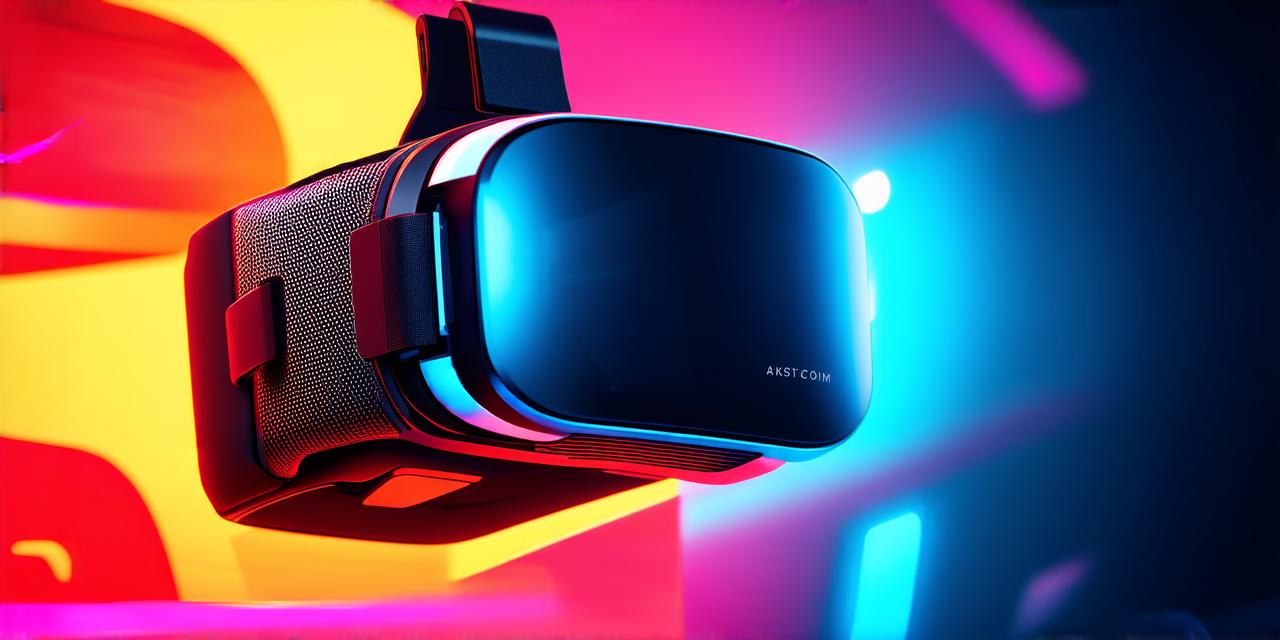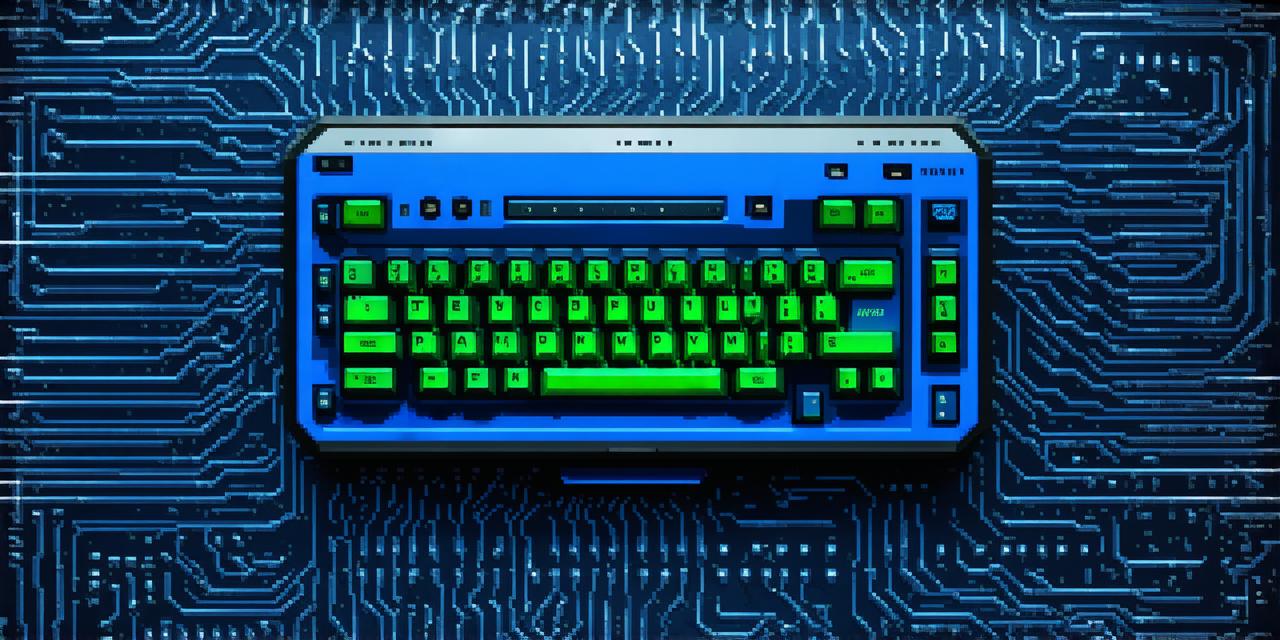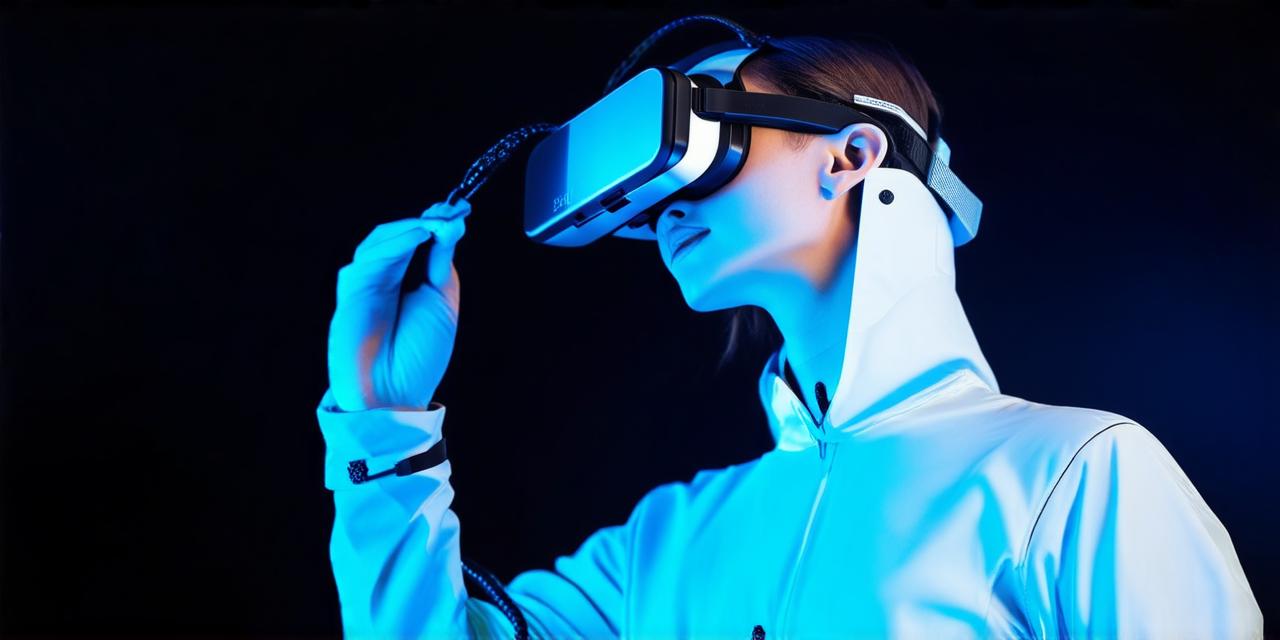Virtual Reality (VR) is a technology that allows users to experience immersive environments in a computer-generated world. It has been around for some time now and has been gaining popularity as more people recognize its potential for various applications.
1. Education:
Virtual reality has the potential to revolutionize education by providing a more engaging and interactive learning experience. Students can explore virtual worlds that simulate real-life scenarios, giving them a better understanding of complex concepts. For example, medical students can perform surgeries in a virtual environment, while architecture students can design and visualize their projects in 3D.
2. Training:
Virtual reality can be used to train employees in various industries, such as aviation, military, and emergency services. It allows users to simulate real-life situations and practice their skills in a safe and controlled environment. For instance, pilots can train in a virtual aircraft, while firefighters can practice rescue operations in a simulated building.
3. Entertainment:
Virtual reality is also being used for entertainment purposes, such as gaming and immersive movies. With VR headsets, users can experience games or films like never before, feeling as if they are a part of the action. This technology has the potential to change the way we consume media and provide new forms of entertainment that are more interactive and engaging.
4. Real Estate:
Virtual reality can be used in real estate to provide clients with an immersive experience that allows them to see properties as if they were really there. This can save time and money for both buyers and sellers, as they can explore properties without having to physically visit them. Additionally, virtual tours can be customized to showcase specific features or areas of a property, making it easier for clients to make informed decisions.
5. Tourism:
Virtual reality can also be used in tourism to provide travelers with a more immersive experience. They can explore famous landmarks and destinations from the comfort of their own homes, without having to physically visit them. This technology has the potential to democratize travel and make it more accessible to people who may not have the financial resources or physical ability to travel.
6. Mental Health:
Virtual reality can be used in mental health therapy to treat conditions such as anxiety, depression, and PTSD. It allows users to simulate real-life situations that trigger their symptoms, giving them a safe and controlled environment to confront and overcome their fears. This technology has the potential to provide more effective and personalized therapy for patients.
7. Fitness:
Virtual reality can be used in fitness to provide users with an immersive experience that makes exercising more enjoyable and motivating. Users can participate in virtual classes or workouts, such as yoga or dance, in a variety of settings, from tropical beaches to mountainous peaks. This technology has the potential to make fitness more accessible and fun for people who may not enjoy traditional gym workouts.
8. Workplace Training:
Virtual reality can be used in workplace training to simulate real-life scenarios that are difficult or dangerous to replicate in person. For example, construction workers can practice operating heavy machinery in a virtual environment, while emergency responders can train for disasters in a simulated building. This technology has the potential to improve safety and reduce the risk of accidents in the workplace.
9. Product Design:
Virtual reality can be used in product design to allow designers to visualize their creations in a 3D environment, giving them a better understanding of how their products will look and function in real life. This technology has the potential to speed up the design process and reduce the need for physical prototypes.
10. Therapy for Disabilities:
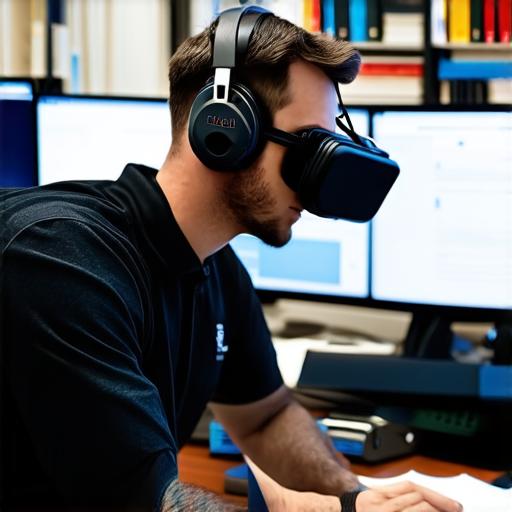
Virtual reality can be used in therapy for disabilities to help individuals with conditions such as autism, ADHD, and stroke regain their mobility and independence. It allows users to simulate real-life situations and practice skills in a safe and controlled environment, giving them the confidence to perform these tasks in the real world. This technology has the potential to improve the quality of life for people with disabilities.
In conclusion, virtual reality is a powerful tool that has the potential to revolutionize various industries and improve our daily lives.
